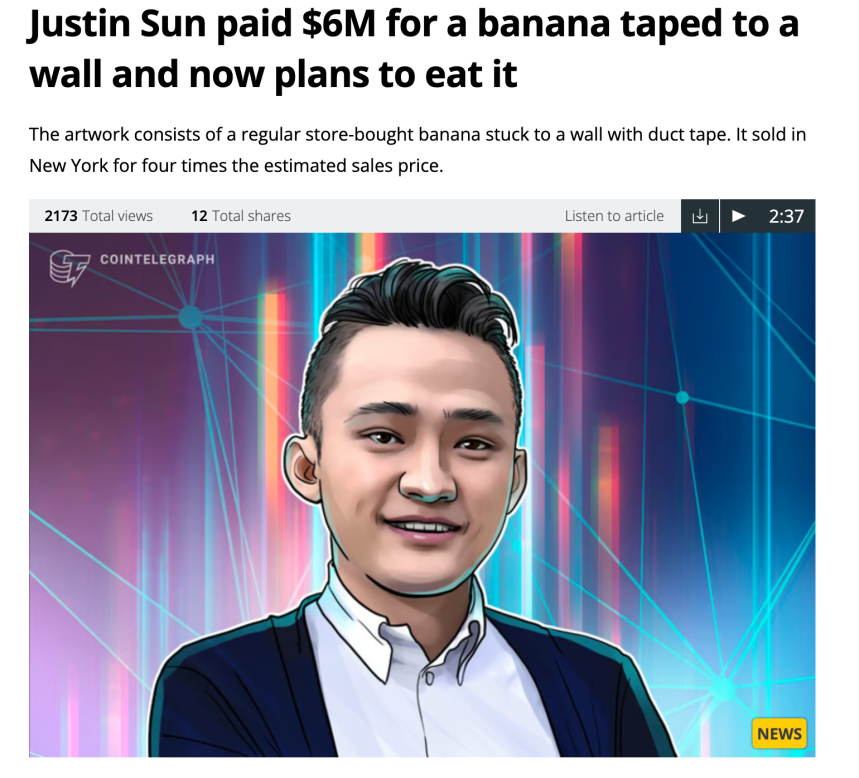SuperRare Artist Claims Censorship in Recent NFT Competition
```html
Art's Downward Spiral and the Web3 Landscape
This analysis reflects the decline of artistic integrity, influenced by a century of destructive philosophies, inflationary money practices, and biased activism. A new web3 platform invites artists to conform to outdated standards, sidelining original creators while pushing subpar art.
Contextual Overview
The term "full circle" highlights how progressive ideas often aim to sell a future that preserves a troubled past, much like current monetary policies affect future generations. The Great Contemporary Art Bubble revealed significant truths about the art market when I first encountered it in 2008.
This article explores alternative perspectives on the recent banana art phenomenon in web3. It presents questions that challenge conventional narratives within the art world.
Setting the Stage: SuperRare's Impact
SuperRare has contributed significantly to digital art sales and community development through its DAO, advocating for creator resale royalties. However, the corporate mindset dominating the art scene restricts creative potential and limits artistic expression.
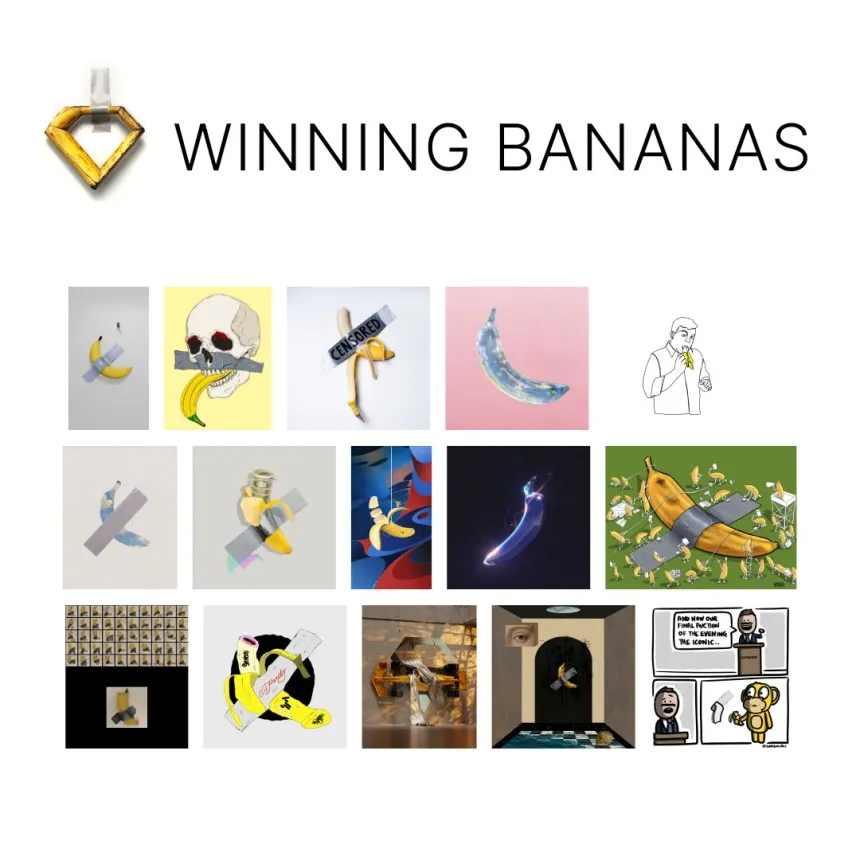
The competition surrounding the banana art auction illustrates a critical dilemma: maintaining relevance while overshadowing genuine artistry, leading to diluted creative expression.
Art and Bureaucracy
The SuperRare competition coinciding with Sotheby’s banana auction exemplifies a troubling trend in NFT culture—favoring established players over authentic creators. This shift has marginalized true avant-garde artists, pushing them further into obscurity.

Increasing partnerships with traditional companies have led to a loss of the pioneering spirit that initially characterized crypto art, reinforcing old paradigms rather than promoting innovation.
Artistic Freedom and Expression
If art is genuinely free, why are influential voices absent from the visual arts? Figures like Jordan Peterson and Camille Paglia dominate public discourse yet remain largely excluded from artistic conversations.

Current trends suggest we may be in one of the most restricted eras in art history. The convenience culture has overtaken genuine artistic exploration, paralleling issues in other societal domains.
Historical Context and Influence
Investigations reveal that the CIA supported artists like Jackson Pollock to promote Abstract Expressionism as part of a cultural strategy during the Cold War. Institutions like MoMA played crucial roles in this narrative.
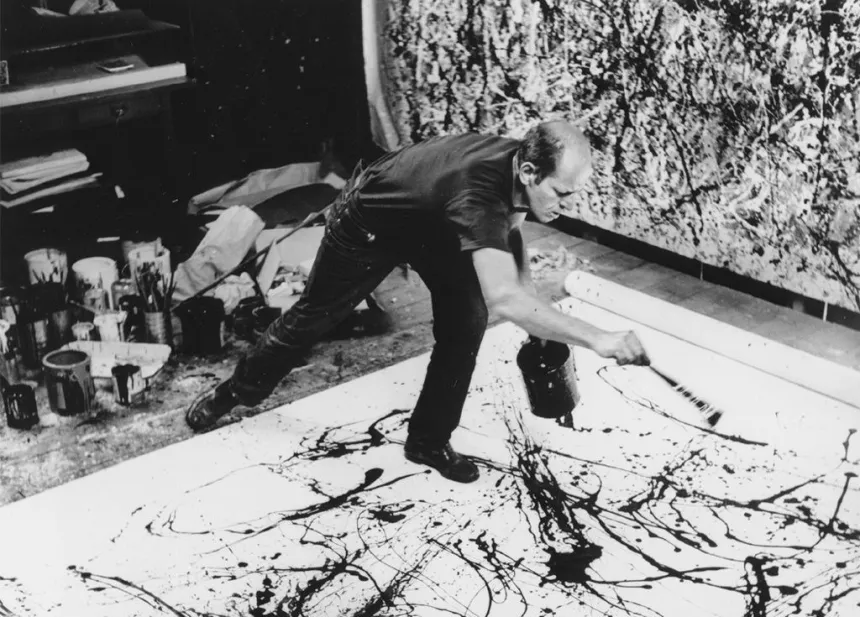
While there is no direct evidence linking SuperRare or Sotheby’s to such influences today, their practices reflect patterns shaped by historical agendas that continue to impact the art world.
The Evolution of Art Institutions
Sotheby's transformation during COVID highlighted a shift towards digital assets, compromising their traditional reputation. Similarly, SuperRare has distanced itself from its origins, sidelining contrarian voices pivotal to its foundation.
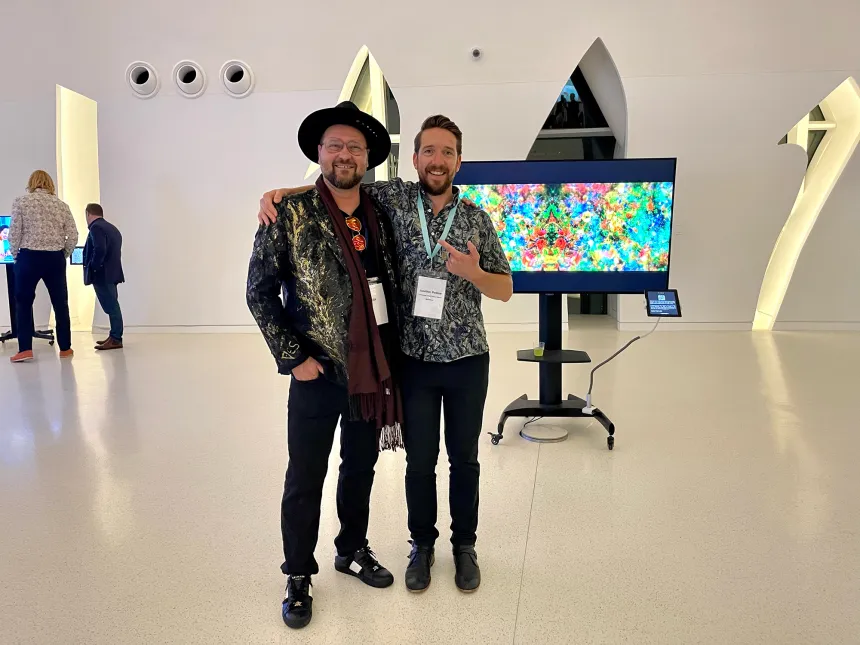
The Role of Critique
Critique is essential for artistic growth. Artists who align with corporate agendas risk losing their authenticity. The focus should remain on genuine expression rather than conforming to commercial pressures.

Conclusion: The Future of Art
Artists must reclaim their power and resist bureaucratic constraints. The goal is to foster an environment where creativity thrives unencumbered by outdated ideologies. New movements should emerge to support artists facing censorship or marginalization.
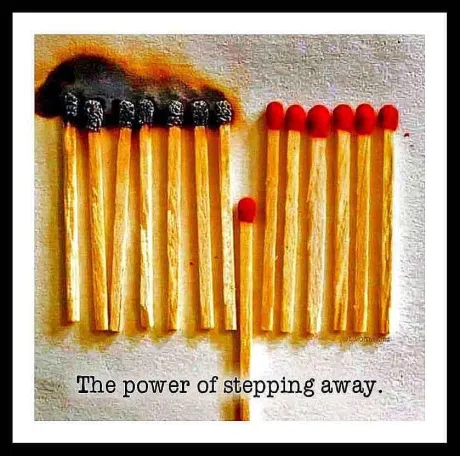
Ultimately, art should reflect truth and creativity, not conform to external pressures. Artists are encouraged to explore their unique visions and collaborate to build a vibrant future for the art community.
```
